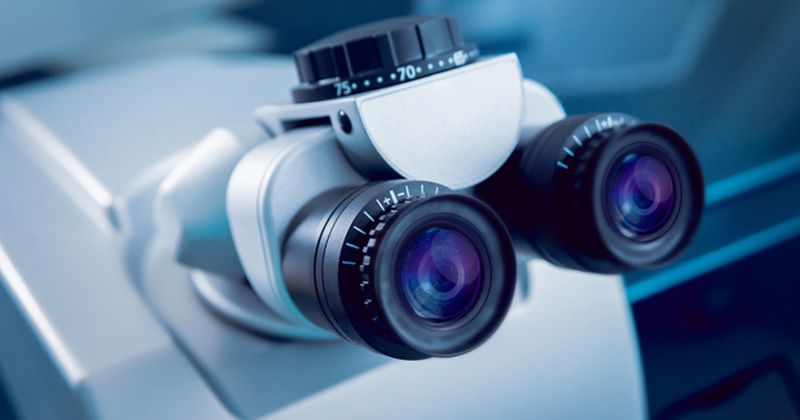AI-based diabetic retinopathy screening may improve awareness, treatment rate
Artificial intelligence-based EyeWisdom software was effective in screening patients with type 2 diabetes mellitus for diabetic retinopathy and may be a particularly useful resource in developing communities, according to study results.
“Unfortunately, people who live in counties, townships, villages and marginal areas often lack sufficient health knowledge,” Xiaoting Pei, of the Henan Eye Institute in Zhengzhou, China, and colleagues wrote in Diabetes Research and Clinical Practice. “By the time [diabetic retinopathy (DR)] is found in these individuals, it has often developed to a serious stage and caused irreversible visual impairment, which not only affects patients’ quality of life but also increases the economic burden on society and the family, often leading to poverty in the latter case.

“Therefore, expanding the screening area of DR and carrying out targeted prevention and treatment of blindness can greatly reduce curable blindness.”
To determine the efficacy of two AI retina screening devices, EyeWisdom MCS and EyeWisdom DSS, Pei and colleagues evaluated data from 549 adult patients with type 2 diabetes mellitus at Henan Provincial People’s Hospital. Researchers collected demographic information, disease history, fundus photographs and images from OCT examination and used ophthalmologist grading as a reference standard, with efficacy evaluated according to sensitivity, specificity, and negative and positive predictive value.
According to results, ophthalmologists detected 324 DR cases, of which 43 were mild non-proliferative DR (NPDR), 79 moderate NPDR, 61 severe NPDR and 141 proliferative DR. Conversely, EyeWisdom MCS — a screening software for multiple ophthalmic diseases — detected 264 DR and correctly identified 76.2% of patients with DR and 92.4% of patients without DR, while EyeWisdom DSS — a DR-specific diagnostic system — detected 337 DR with a sensitivity and specificity of 91% and 81.3%, respectively.
Further, EyeWisdom DSS had a 64.5% sensitivity and 93.1% specificity for detecting PDR, and 76.5% sensitivity and 78.4% specificity for detecting NPDR.
“We found that EyeWisdom DSS has higher sensitivity and EyeWisdom MCS has greater specificity,” Pei and colleagues wrote. “That is, the specific disease system was good at identifying patients, and the multi-disease system was good at identifying normal participants, which suggested EyeWisdom can be established as an AI-based DR screening model to be used in community and grassroots clinics in China in the future.”
They continued, “The combination of these two systems may improve the awareness and treatment rate of DR, including avoiding or delaying its progression.”

